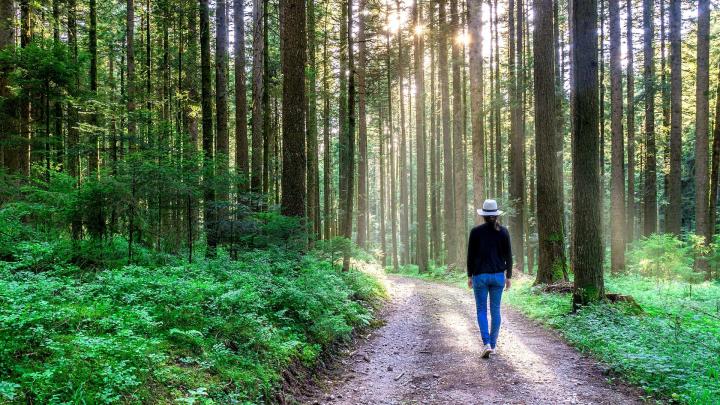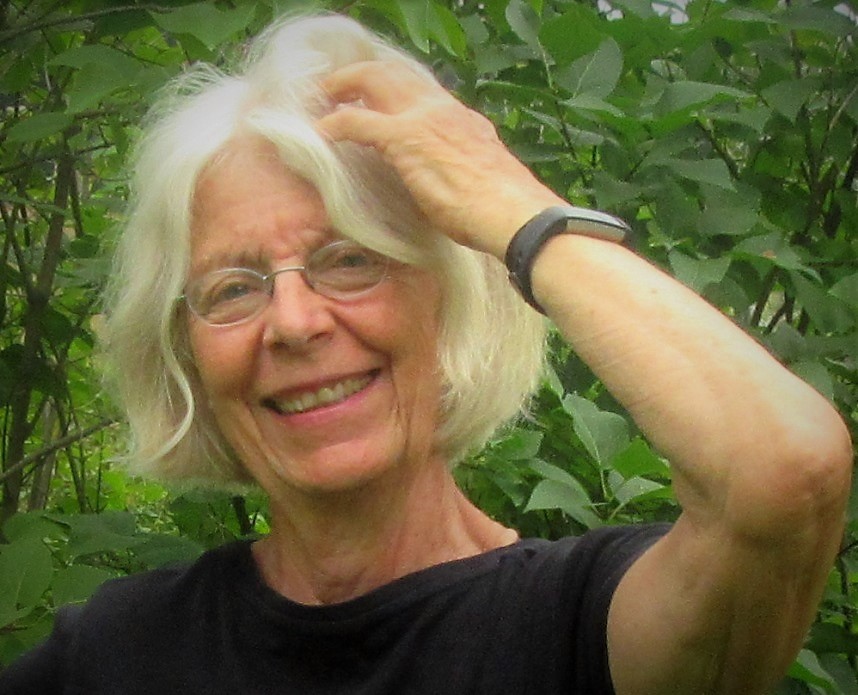Shortly after returning from a long hike in the woods near my house, an online news headline caught my attention: “Noise Is No. 1 Quality-of-Life Complaint in NYC.” Your body needs peace and quiet time for good health. Learn more about the physical and emotional benefits of turning down the noise.
The caption under the newspaper headline about noise complaints stated, “The city’s 311 hotlines got more than 260,000 calls about excessive noise, up 30 percent in 2 years.”
I flashed back 20 years or so to a public hearing in my small rural town for a proposal to install a small sawmill on a road about half a mile from any house or business. More than 40 people turned out, most of whom raised their voices angrily against the sawmill. They equated the noise potential of the sawmill with the awful disturbance during the previous year caused by a large-scale forestry operation that ran day and night, subjecting residents a mile away to the sounds of trucks, saws, chippers, and the endless bleating of backup beepers.
Industrial machines, heavy traffic, construction noise, shrieking trains, honking horns, jets and helicopters overhead, barking dogs, and hollering humans get people anxious, angry … and sick.
Negative Health Effects of Noise
Most people know that high-decibel noise can damage hearing. However, chronic exposure to noise also has a wide variety of negative health effects that go way beyond annoyance. For example, exposure to noise near airports and road traffic has an impact on public health, leading to increased risk in hypertension and cardiovascular problems. Other studies have shown increased sleep disturbance, autoimmune disruption, and interference with fetal and child development.
It turns out that the study of “soundscapes” and their relationship to human health and well-being is broad and breathtakingly complex. Studies of the relationships between humans (and wildlife) and the sound environments in which they live have resulted in calls for preserving native, natural “sound environments” as common resources like soils, air, and water.

Not Silence, But Less Noise
George Foy, a journalist and New York University creative writing professor, also found the New York City soundscape to be a hellscape and set out to find “the last place on Earth without human noise.” He visited an anechoic chamber, a room built specifically for the purpose of excluding all noise, at Orfield Labs in Minnesota.
As Rachel Nuwer of the BBC related:
“… [M]inutes into his stay in the chamber, he noticed that the silence was, in fact, broken. His own body, it turned out—his breathing, his heartbeat, even the scratchy sound his scalp made rubbing against his skull when he frowned—was betraying his quest for auditory nothingness. ‘The only time you’ll hear absolute silence is when you’re in no position to hear it because you’re dead,’ he realized.”
As an article in the International Journal of Environmental Research and Public Health noted, “the term ‘quiet’ is not synonymous with silence; its standard usage implies an absence or masking of industrial noise and/or the presence of natural sounds such as water flow, birdsong, or wind.”
Technically, what’s needed is not complete silence, but less noise. We need to cultivate more peace and quiet.
Finding Peace and Quiet
There’s quite a bit of research on the healing effects of nature, although few studies specifically tease out the visual from the sound or olfactory effects. For example, the stress-relieving effects of natural sounds, even in virtual environments, have been identified.
Other research shows that periods of silence lead to great numbers of newborn neurons; perhaps having a reprieve from noise allows the body to recover and more brain cells to generate. Another study shows that short (2-minute) relaxing passages of music decrease blood pressure and decrease stress.
Most of us would define noise as intrusive, unwanted sounds of any kind. I feel grateful that my semirural environment rarely presents annoying noise that I can’t control. (One roaring exception: “Motorcycle Week,” when thousands of bikers from across the nation come blasting through central New Hampshire, day and night, all week.)
Somehow, I don’t find the more usual sounds of chainsaws, snowplows, and lawnmowers in my sparsely populated corner of the universe to be troubling. They connect me to my community in comforting ways. Even the sawmill (which received its permit despite the protests) and a gravel-mining operation half a mile down the road—both separated from me by generous stretches of woods—enter my soundscape with only the occasional muffled sounds of operation.
Find ways to cultivate peace and quiet in your life, whether it’s a walk in nature, a few minutes listening to relaxing music, or some time relaxing behind a closed door.
The New York Times asked its readers: “Where do you go to find peace in this boisterous city? With eight million New Yorkers and 50 million tourists a year all packed into 301 square miles, is there a special park bench, riverside fishing spot, or underused historic site where you go to cherish the sound of silence?”
More than 1,000 readers responded, telling the paper that they find quiet space on piers and riverbanks and in places of worship, museums, parks, public gardens, cemeteries, and wildlife sanctuaries.
The paper created this beautiful slideshow from readers’ suggestions. Even just viewing this lovely photomontage, which is replete with soundscapes, brings a sense of peace and calm.












Comments